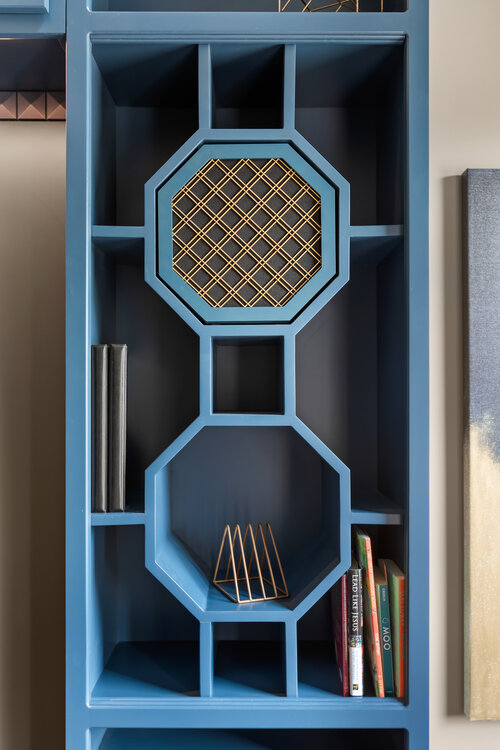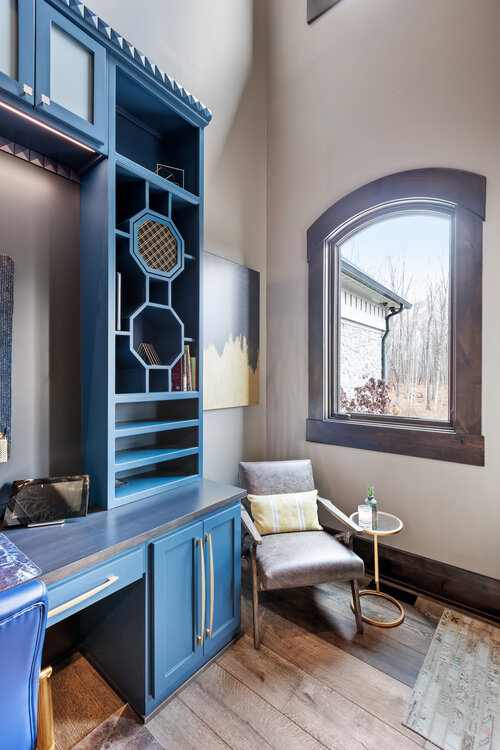To incorporate today’s hottest technology and stunning design is both a challenge and a delicate balance. Nobody understands this better than those in the tech integration or design-build communities. For years, these two fundamentally different industries have tried to create cohesive home environments that are functionally and aesthetically on point yet also have technology integrated in such a way as to complement or enhance one’s lifestyle. Despite the best of intentions, though, challenges persist: Designers and integrators speak two very different languages, approach projects from different perspectives, and often have different agendas. It doesn’t need to be a disjointed relationship. By bridging the communications gaps between the design and integration communities, critical collaboration can occur, resulting in well-designed smart home projects that are efficiently deployed and satisfy customers’ appetites for dwellings that are comfortable, convenient, and beautiful.
In the Design UnCut panel session, “Hidden In Plain Sight: How to Conceal Tech or Make a Statement With It,” TriPhase Technologies shares a project in which Leon Speakers were customized to function as a decorative accent in a bookshelf while filling the space with music.
But how do designers and integrators build a mutually beneficial business strategy? Finding common ground and committing to transparent, open communication is a good first step. Control4 and Leon Speakers, along with Veronika Miller, founder of Modenus Media, and Katye McGregor Bennett, founder of KMB Communications, get the conversation started during the CEDIA Expo Virtual Experience, Sept. 16 and 17, during two informative Design UnCut live panel sessions.
Sponsored by Control4, “Home Tech Top 10: Products Designers Need to Know About,” provides designers with recommendations from leading home technology integrators and manufacturers on specific smart products and systems that can blend in, disappear within, or complement a home design. Loudspeakers from Leon, for example, not only sound great but resemble stunning pieces of art. Similarly, voice control capabilities built-into automation systems such as those from Control4 can reduce the need for the handheld remote controls that typically clutter coffee tables. Experts on the panel, held live online, Sept. 16, 10-10:45 a.m. ET, include Jamie Briesemeister, CEO and sales and marketing director at Integration Controls, Brad Hintze, senior director of product marketing at Control4, and Ed Gilmore, owner of Gilmore’s Sound Advice.
After learning about the many design-forward smart home solutions available today, CEDIA attendees can go a step further and uncover in a second Design Uncut session innovative home tech concealment techniques practiced by integrators. Co-sponsored by Leon Speakers, “Hidden in Plain Sight: How to Conceal Tech or Make a Statement With It” goes undercover and in the field to explore creative ways to completely hide technology, as well as ways to showcase technology artistically as stunning visual components of the room design. During the session, held Sept. 17, 4-4:55 ET, experienced integrators from around the country share techniques employed on specific projects, such as TRIPhase Technologies’ unique implementation of custom-designed, octagon-shaped Leon speakers as accent pieces in a large built-in bookshelf. In addition to TRIPhase Technologies’ integrator/designer team of Rocky Settecasi and Shanna Haecker, panelists include Noah Kaplan, president of Leon Speakers, Ed Gilmore, owner of Gilmore’s Sound Advice, and Alexandra Centeno and Angel Centeno of SDI Boston.
Produced as part of an ongoing series of Design UnCut webcasts, the two CEDIA Expo panel sessions each wrap up with a Q&A for audience members to pose questions and gain deeper insights. Pre-registration is required: Go here to register for Home Tech Top 10: Products Designers Need to Know About and here for Hidden in Plain Sight: How to Conceal Tech or Make a Statement With It.



